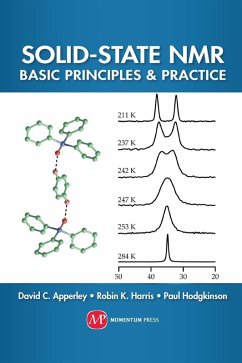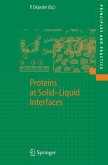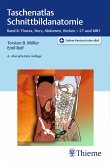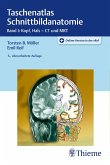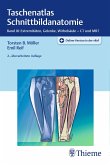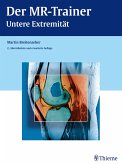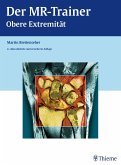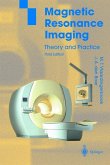Nuclear Magnetic Resonance (NMR) has proved to be a uniquely powerful and versatile tool for analyzing and characterizing chemicals and materials of all kinds. This book focuses on the latest developments and applications for "solid-state" NMR, which has found new uses from archaeology to crystallography to biomaterials and pharmaceutical science research. The book will provide materials engineers, analytical chemists, and physicists, in and out of lab, a survey of the techniques and the essential tools of solid-state NMR, together with a practical guide on applications. In this concise introduction to the growing field of solid-state nuclear magnetic resonance spectroscopy the reader will find:
Basic NMR concepts for solids, including guidance on the spin-1/2 nuclei concept
Coverage of the quantum mechanics aspects of solid state NMR and an introduction to the concept of quadrupolar nuclei
An understanding relaxation, exchange and quantitation in NMR
An analysis and interpretation of NMR data, with examples from crystallography studies
Appendices covering spin properties of spin-1/2 nuclides as well as NMR simulation procedures
Hinweis: Dieser Artikel kann nur an eine deutsche Lieferadresse ausgeliefert werden.
Basic NMR concepts for solids, including guidance on the spin-1/2 nuclei concept
Coverage of the quantum mechanics aspects of solid state NMR and an introduction to the concept of quadrupolar nuclei
An understanding relaxation, exchange and quantitation in NMR
An analysis and interpretation of NMR data, with examples from crystallography studies
Appendices covering spin properties of spin-1/2 nuclides as well as NMR simulation procedures
Hinweis: Dieser Artikel kann nur an eine deutsche Lieferadresse ausgeliefert werden.

